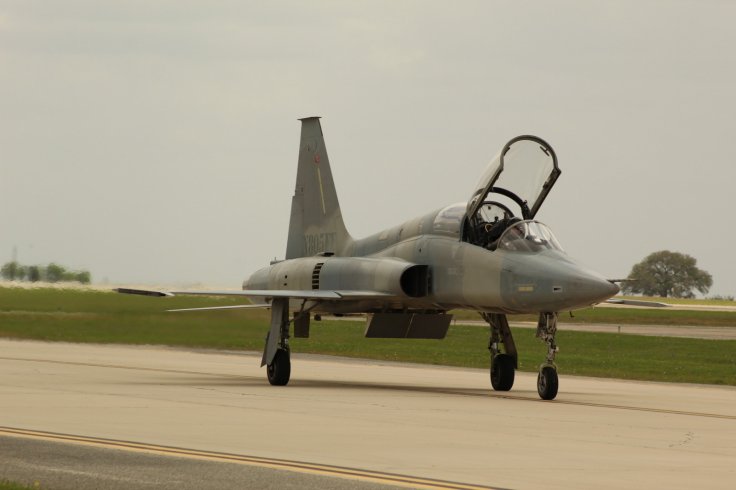Chinese researchers claim they have developed a hypersonic engine that can propel an airplane up to speeds of Mach 9 – nine times the speed of sound.
A team led by Liu Yunfeng, a senior Chinese Academy of Sciences engineer, created the unique engine. The engine gets power via detonating kerosene in a series of explosions instead of continually like combustion engines.
The engine's use of kerosene-based jet fuel has turned heads. The much talked about Chinese –designed hypersonic engine runs on RP-3 jet fuel, which is equivalent to Jet A-1 that is used by commercial airliners in the U.S.
Aviation Kerosene
Yunfeng considers aviation kerosene to be ideal for all air-breathing engines because of its energy density and ease of storage, and transportation. He said a detonation engine can operate more effectively and with greater power. While such engines typically use hydrogen fuel which is expensive and explosive, Chinese researchers used kerosene or RP-3. This is found in Chinese airports.

"Due to its high energy density and simplicity of storage and transportation, aviation kerosene is the fuel of choice for air-breathing engines," Yunfeng explained. "Although the concept of using jet fuel to propel hypersonic flight has been around for years, it is not easy to detonate." He said scientists have had problems because it is difficult to ignite the kerosene in hot, moving air.
Computer simulations suggest that an engine powered by kerosene would require a detonation chamber that was 10 times longer than an engine powered by hydrogen. Moreover, it would be impractical for majority if hypersonic aircrafts as each millimetre matters.
But Chinese researchers overcame this drawback with a straightforward modification. They added a thumbnail-sized bump to the engine's air inlet surface to facilitate kerosene ignition while maintaining a compact chamber.
Successful Ground Tests
The team successfully conducted ground tests of the hypersonic detonation wave engine at Beijing's JF-12 hypersonic shock tunnel – largest in the world. This tunnel can simulate conditions from Mach 5-9 allowing for testing of hypersonic profiles and engines. The tests showed that bump-induced shock waves could not only ignite the kerosene, but help confine the explosions to a small space, thus generating a steady supply of thrust.
By building a fleet of aircraft that can transport passengers anywhere in the world within an hour or two, the Chinese government plans to find civilian applications for hypersonic technology.









